(click on the thumbnail to see the fullsize image)
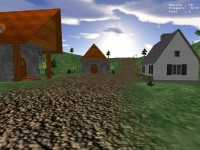
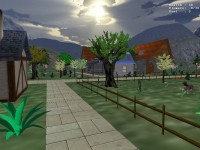
You can find some of my works here
| Screenshots: (click on the thumbnail to see the fullsize image) |

|

|
| Screenshots: (click on the thumbnail to see the fullsize image) |
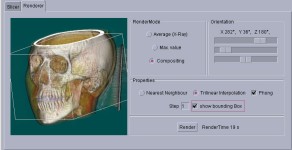
|
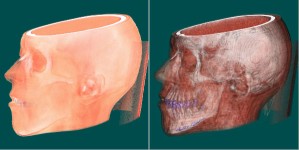
|
| Screenshots: (click on the thumbnail to see the fullsize image) |
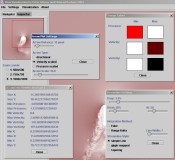
|
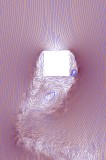
|
| Screenshots: (click on the thumbnail to see the fullsize image) |
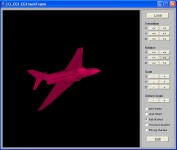
|
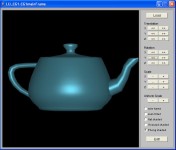
|
java Main N| Screenshots: (click on the thumbnail to see the fullsize image) |
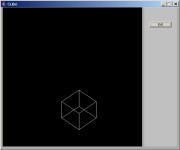
|
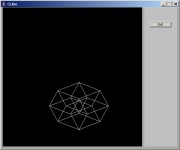
|
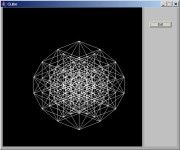
|
|||
| 3-dimensional cube | 4-dimensional cube | 7-dimensional cube |
lopoc URL minimum_size maximum_size [extension1 extension2 ...]java Lopo URL minimum_size maximum_size extension1 [extension2 ...]extension1, extension2, ... serve as file filtering
after file-extension, minimum_size and maximum_size serve as
filtering after filesize. Note that due to unfinished implementation, filtering after size
does no effect in the C version.| No screenshots available |
| Screenshots: (click on the thumbnail to see the fullsize image) |
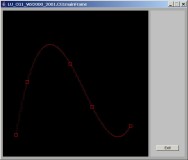
|
2n over n can be approximated with a simple exponential expression:
10 ^ 0.6*n.| Screenshots: (click on the thumbnail to see the fullsize image) |
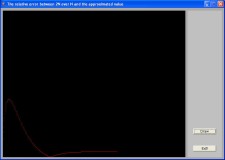
|
| No screenshots available |
| Screenshots: (click on the thumbnail to see the fullsize image) |
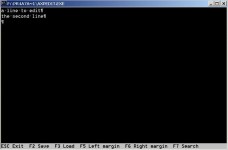
|
| Peter Alexay | Last modified: |
| email: peter DOT alexay AT web DOT de | 2008-10-02 |